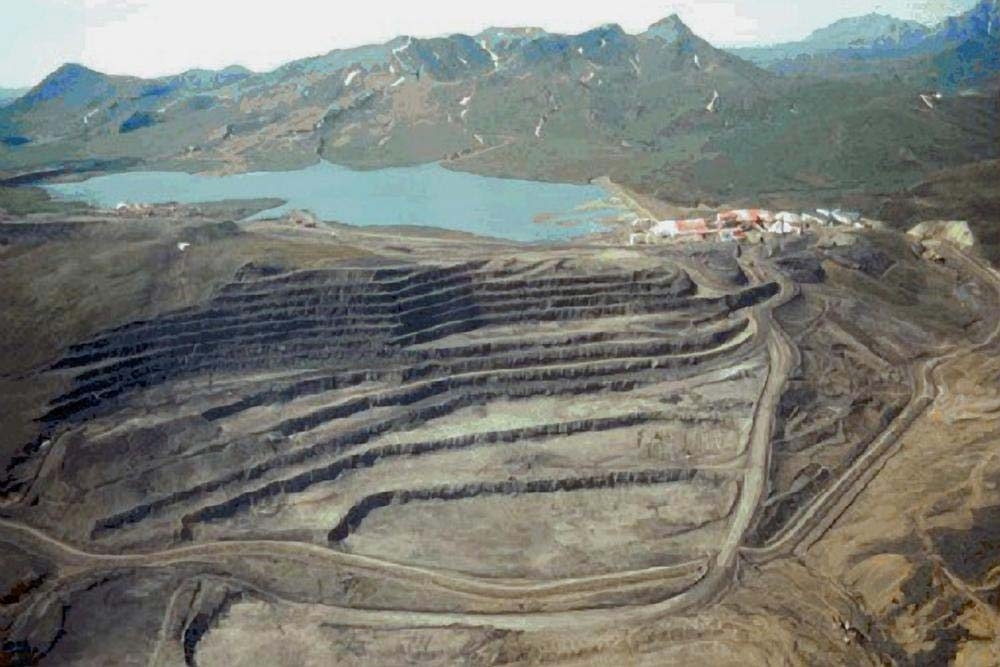Alaska’s Red Dog Mine plans expansion into new territory
The expansion could keep the mine open much longer.

The operator of one of the world’s biggest zinc mines is seeking government permits that to expand into territory that might result in a substantial extension of the mine’s life.
Teck Resources Limited, operator of the Red Dog Mine in Arctic northwestern Alaska, is proposing “an advanced exploration program” that would expand into adjacent prospects called Aktigiruq and Anarraaq, according to the company’s application with the U.S. Army Corps of Engineers.
The expansion would include construction of about 13 miles of connecting roads, construction of several facilities and the deposit of 83,778 cubic yards of fill onto 16 acres of land and on more than 5,000 linear feet of waterways, according to the application submitted to the Corps, the agency with jurisdiction over wetlands permits.
Construction would start in January, according to the application.
Teck is also seeking approval from the state of Alaska for a plan of operations at the prospects, located about 9 miles north of the existing mine site.
Teck has already conducted preliminary exploration at the Akigiruq prospect. Unlike Red Dog as a whole, which is located on Inupiat-owned land — specifically, NANA Regional Corp. — Akigiruq is on state land where Teck holds the mining claims.
Exploration results so far from Akigiruq have been promising, Teck has said. In a statement released a year ago in which the company announced an increase in expected mine production, Teck President Don Lindsay said exploration results at Aktigiruq “show its potential to be one of the best undeveloped zinc deposits in the world.”
For now, the mine, which started production in 1989, is expected to continue operating until 2031, thanks to expansions in that started in 2010 from Red Dog’s original deposit into new deposits called Aqqaluk and Qanaiyaq. Currently, all Red Dog production is from those deposits.
It is still unknown how much longer the Aktigiruq and Anarraaq exploration could extend mine life, or even if production there is worth doing, a company spokesman said.
“The goal of our exploration activities are to determine the size and extent of the mineral deposits to assess whether it is economically and environmentally viable to extend mining operations in the Red Dog District beyond the current estimated mine life of 2031,” Wayne Hall, Teck Alaska Inc.’s superintendent for environmental and community relations, said in an email.
The first phase of construction is the approximately 10-mile primary access road, “the route of which is based on feedback from local elders and subsistence hunters, to enable staging of materials and construction of camps for a proposed underground exploration of these deposits,” Hall said by email. Construction work on that and secondary roads would continue through 2020, he said.
Yereth Rosen is a 2018 Alicia Patterson Foundation fellow.